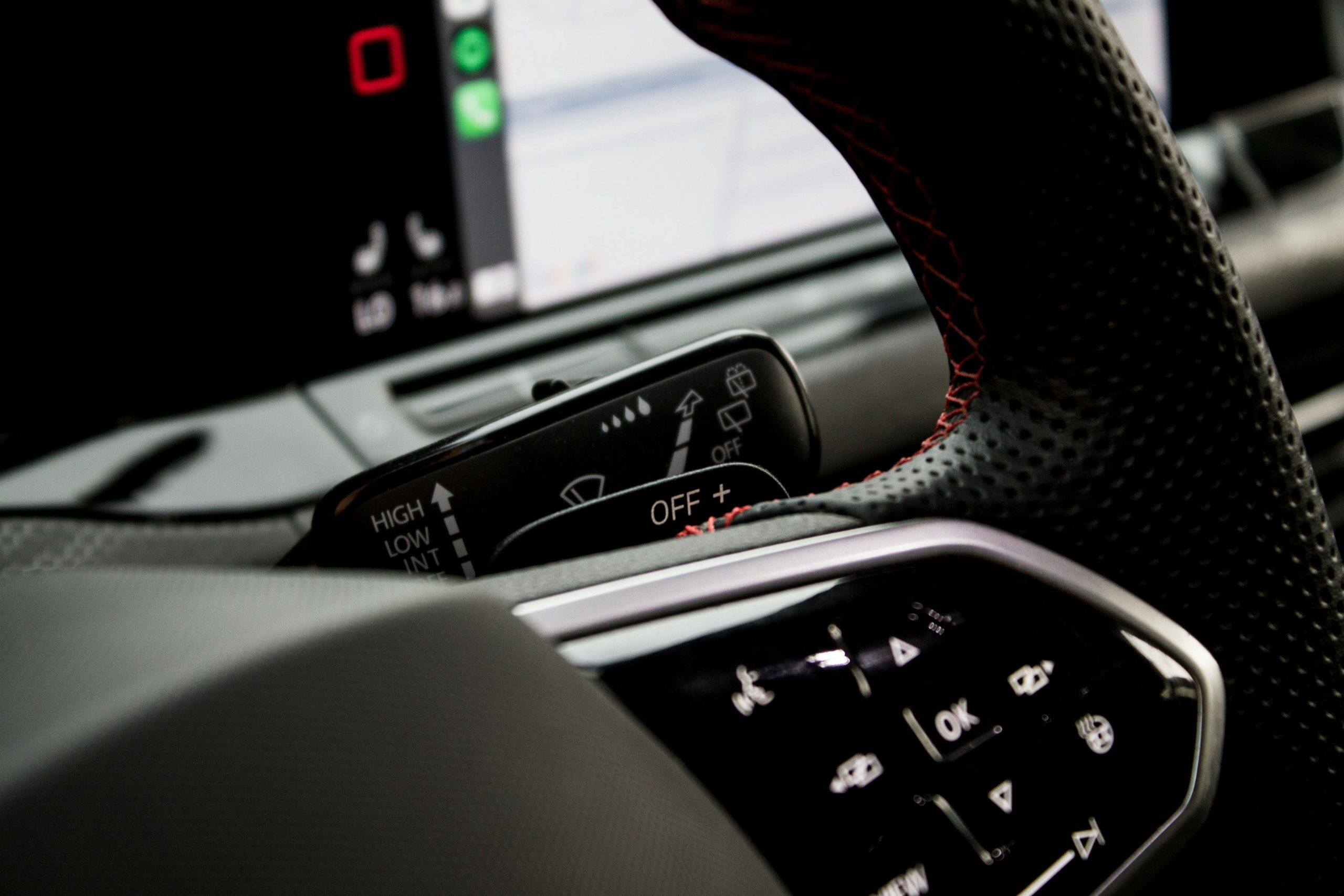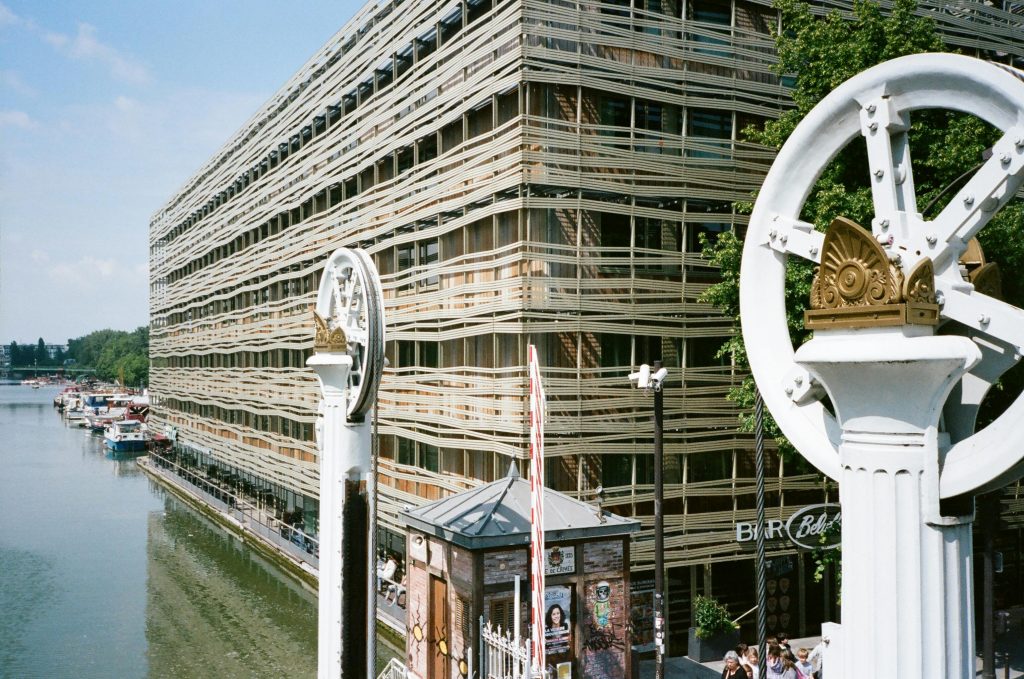Understanding and Resolving Sudden Display Loss on Your PC with an NVIDIA RTX 4060 Ti
If you’ve recently experienced an issue where your computer’s display turns off shortly after startup—typically within 30 seconds to 5 minutes—and reconnecting your display cable results in the monitor recognizing the input but indicating “no display,” you’re not alone. Such sudden display blackouts can be concerning, especially when temperatures appear normal, and usual troubleshooting measures haven’t resolved the issue.
Possible Causes and Troubleshooting Steps
-
Temperature and Hardware Checks
While thermal issues are common culprits for display failures, in your case, you observed that both your CPU and GPU temperatures remain below 40°C at the time of the failure, indicating that overheating is unlikely. Continuous temperature monitoring during stress testing can help rule out thermal throttling or overheating-related hardware issues. -
Display Connection and Hardware Ports
Since you’ve attempted using multiple display ports, it’s advisable to test all available output options—such as HDMI, DisplayPort, or DVI—to determine if the issue is port-specific. Additionally, trying a different cable can help exclude faulty cables as a cause. -
Graphics Driver and Software Updates
Ensuring your graphics drivers are up to date is critical. Outdated or corrupt drivers can cause display issues. Before proceeding, check the manufacturer’s website or use software like GeForce Experience to see if a new driver version is available. If you encounter difficulties updating drivers, consider using safe mode or DDU (Display Driver Uninstaller) to clean existing drivers before installing the latest version. -
Power and Hardware Stability
Although your PC is about a year and a half old and has been regularly maintained, power supply issues or hardware instability can sometimes produce these symptoms. Confirm that all power connections to your GPU are secure, and consider inspecting the PSU’s health if problems persist. -
Monitor and External Factors
Testing your PC with a different monitor or connecting the current monitor to another system can help rule out display hardware problems. Also, testing with an alternative HDMI or DisplayPort cable may eliminate potential cable failures. -
Additional Diagnostics
Observe if the GPU fans spin up normally and if the system exhibits any other unusual behavior during startup. If the GPU fans are turning on but the display stays black, and the monitor logs “no signal,” the GPU may be encountering a fault.
Next Steps
- Update your graphics drivers to the latest version available.
- Test all display
Share this content:



